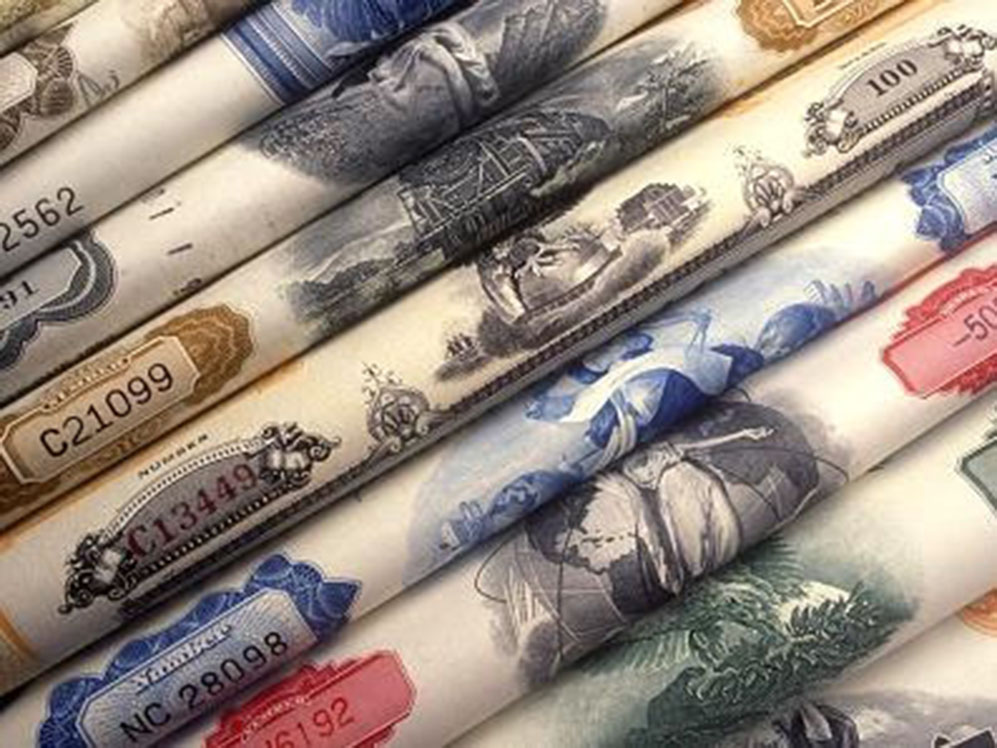
![]() High-quality corporate bonds boast half the volatility of stocks, are relatively safe as defaults are rare, and offer attractive yields.
High-quality corporate bonds boast half the volatility of stocks, are relatively safe as defaults are rare, and offer attractive yields.
Source: Barron’s
Riskier investments had a good run for the past six weeks but seem to be running out of gas. By the end of last week, oil was lower, and stocks and high-yield bonds were stalling out. Credit-rating agencies continue to lower ratings, with Standard & Poor’s reporting that the average corporate-bond rating hasn’t been this low for nearly 15 years.
Yet an assortment of Federal Reserve officials reminded investors throughout the week that they fully expect to raise interest rates again soon, making a June hike seem likely if economic data improve.
That means bondholders need to worry about interest-rate risk in addition to looming credit risk. The answer to that conundrum for many investment strategists is to emphasize investment-grade corporate bonds. UBS Wealth Management cut the junk-bond sector to neutral last week, but is still overweight investment grade. Citi Private Bank updated its global asset allocation, and the only sector out of 21 listed as “very overweight” is, you guessed it, investment-grade corporate bonds.
High-quality corporates boast half the volatility of stocks, are relatively safe (defaults are very rare, while high yield’s default rate is at 3.7%), and offer attractive yields — especially for longer-term bonds. The average yield for long-term investment-grade corporates is 5%, but lower-rated tiers have yields up to 7%. These compare to less than 2% for 10-year Treasuries.
“This is the most investors have ever been paid relative to Treasuries to own investment-grade credit at the start of a tightening cycle,” says Scott Kimball, portfolio manager of the BMO TCH Core Plus Bond. It is one of the top-performing intermediate-term bond funds this year, up 2.75%, partly because of a big allocation to long-term investment-grade credit. Rising rates normally portend an improving economy, which is good for credit. But even if the economy weakens and the Fed doesn’t hike rates, the yield should cushion investors from losses, he says.
Darrell Watters, a fixed-income portfolio manager at Janus, is in the camp of those worried that the U.S. is near the end of the credit cycle. He thinks there is a lot more downside risk in corporate credit than upside right now, and yet he’s adding some highly rated corporates issued recently as replacements for less-liquid names.
Some examples of top-rated new issues: In late February, triple-A-rated ExxonMobil sold 30-year bonds with coupons of 4.1% and 10-year bonds at 3%. Berkshire Hathaway, rated double-A, sold 10-year bonds with 3.1% coupons in early March. A lower-rated example: Triple-B-rated Anadarko Petroleum sold 30-year bonds for 6.6% in mid-March. Those bonds are now trading on the secondary market at higher prices, which mean slightly lower yields.
Individual investors who want to buy a few select bonds should keep in mind that they can get whacked on trading costs, paying a much-higher spread between bid and ask prices than institutions do. Research shows that spreads vary widely among brokers, and it can be hard to tell what you’re paying. To provide much-needed transparency, the Financial Industry Regulatory Authority, or Finra, recently approved a new rule (it still requires approval from the Securities and Exchange Commission) that requires firms to disclose markups or markdowns on most bond trades.
Individuals who want a diversified portfolio of bonds will almost always do better on fees in a fund. But if you want to buy a specific bond, first find out where it’s trading and then place a limit order near that level, says James Sanford, a financial advisor with Sag Harbor Advisors.


